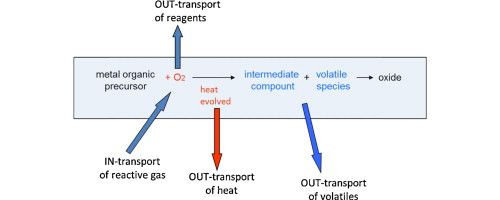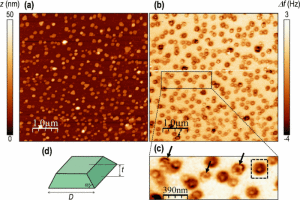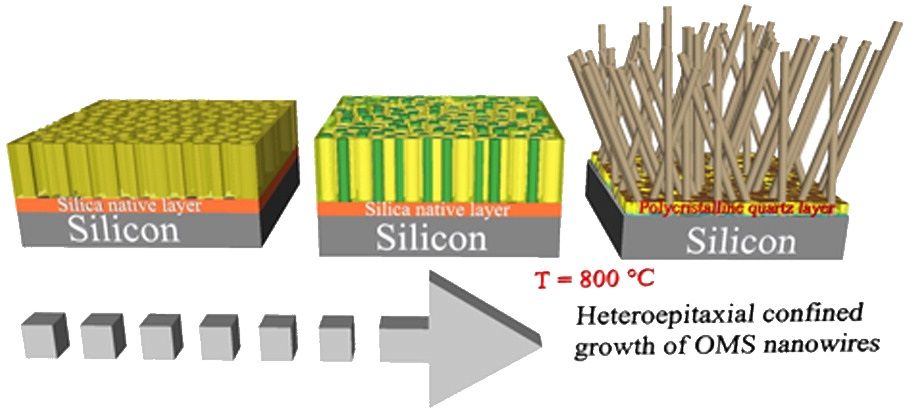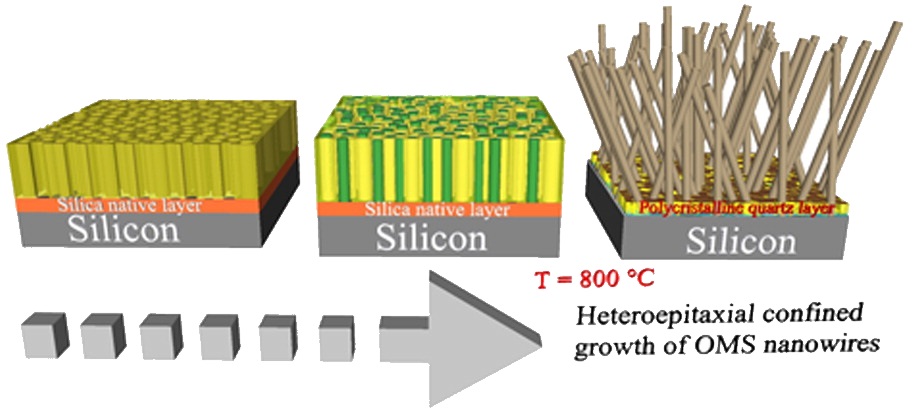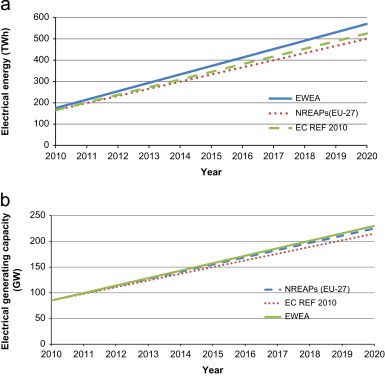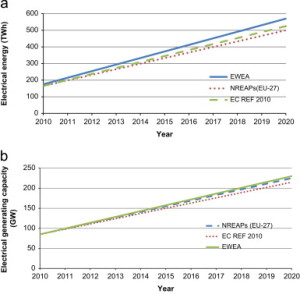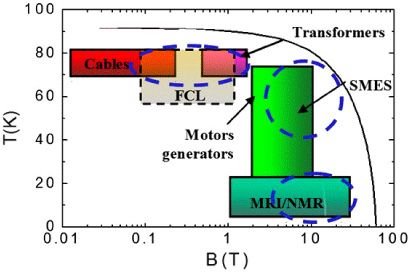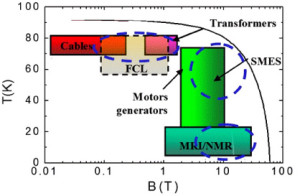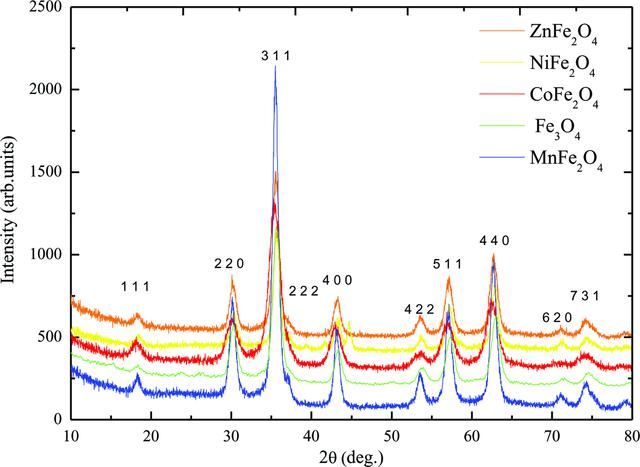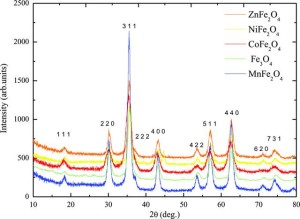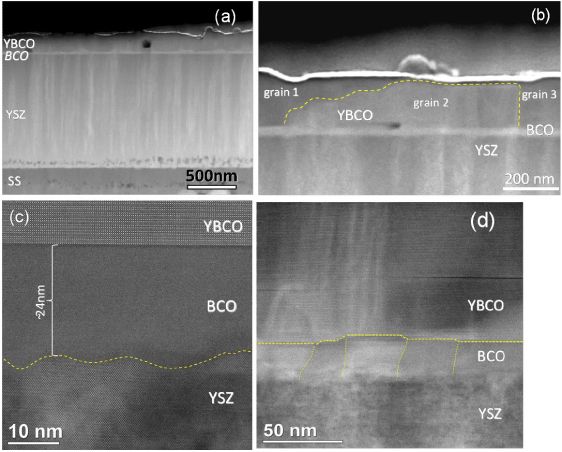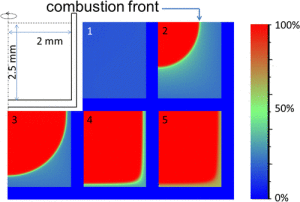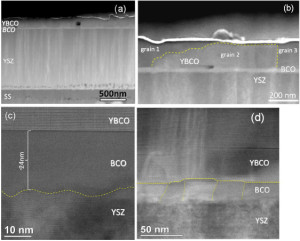
E. Bartolome, R. Vlad, A. Calleja, M. Aklalouch, R. Guzman, J Arbiol, X. Granados, A. Palau, X. Obradors, T. Puig and A. Usokin
Superconductor Science and Technology 26, 125004 (2013)
DOI:
10.1088/0953-2048/26/12/125004
The superconductor industry is demanding new methodologies to manufacture km-long, high quality coated conductors at high growth rates, using cost-effective, scalable processes. We report on the fabrication by an all-chemical deposition method of highly textured, thick (0.9 μm) inkjet-printed YBCO films, using a Ce
0.9Zr
0.1O
2 (CZO) capping layer deposited by MOD, on top of robust, buffered
ABADYSZ/SS substrates. Thinner, 0.25 μm spin-coated YBCO films were also analyzed for comparison. The structural study performed by x-ray diffraction, optical, AFM, SEM and TEM microscopy demonstrates the success of the capping layer for enhancing the planarity of the as-received tape and obtaining highly homogeneous and well-textured YBCO films. DC magnetometry granularity analysis was used to determine the mean superconducting grain diameter, ~2.5 μm, and the intra- and intergranular critical current densities of the coated conductors (CCs). For the thin, spin-coated sample, high self-field intragrain critical currents were measured (

, 3.3 MA cm
−2 at 5, 77 K). For the thick, inkjet-printed tape

was reduced by ~30%, but, notably, the percolative critical current,

, was only ~10% smaller at 5 K, thanks to good preservation of the texture. At 77 K,

was achieved, implying a critical current of
Ic = 117 A/cm-width. AC susceptibility measurements allowed us to demonstrate the high homogeneity of the fabricated CCs, and investigate the magnetic vortex-pinning phase diagram. Remarkably, the thick, inkjet-printed sample showed comparable irreversibility line (IL) and activation energy for thermal depinning,
Ue(
H), to the thin sample. The present results open new perspectives for the fabrication of high quality-to-cost ratio, all-chemical CCs with yet higher
Ic values by inkjet printing multideposition of thicker YBCO layers.
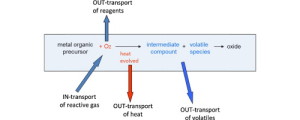 P Roura, J. Farjas, H. Eloussifi, L. Carreras, S. Ricart, T. Puig Molina and X. Obradors
Thermochimica Acta 601, 1-8 (2015)
DOI:10.1016/j.tca.2014.12.016
The thermal decomposition of several metal organic precursors, used in the preparation of YBa2Cu3O7−xsuperconducting coated conductors (Cu acetate, Cu, Y and Ba trifluoroacetates and Ce propionate) is analyzed by means of several thermoanalytical techniques (TG/DTA, MS and DSC). In all cases, the metal organic precursors deposited as thin films decompose differently than powders from the same precursors. In thin films, decomposition is facilitated by the easier transport of reactive gas from the surrounding atmosphere and by the easier out-diffusion of volatile products. Consequently, films decompose at lower temperature and are more sensitive to the presence of any residual reactive gas in the furnace. Good thermal contact with the substrate is also shown to minimize overheating in films and avoid combustion processes that are otherwise often observed during the thermal decomposition of powders. Finally, the formation and stability of intermediate products towards the oxide formation, such as metal fluorides, differs in films because of the easier gas exchange. With respect to powders, these compounds are much less stable in films, where their decomposition temperature can be lowered by several hundreds of degrees Celsius. While in some cases the behaviour of films can be predicted by analyzing varying masses of precursor powders, this is not always the case. Therefore, thermal analysis carried out on films is recommended to avoid erroneous conclusions about materials preparation drawn from powders.
P Roura, J. Farjas, H. Eloussifi, L. Carreras, S. Ricart, T. Puig Molina and X. Obradors
Thermochimica Acta 601, 1-8 (2015)
DOI:10.1016/j.tca.2014.12.016
The thermal decomposition of several metal organic precursors, used in the preparation of YBa2Cu3O7−xsuperconducting coated conductors (Cu acetate, Cu, Y and Ba trifluoroacetates and Ce propionate) is analyzed by means of several thermoanalytical techniques (TG/DTA, MS and DSC). In all cases, the metal organic precursors deposited as thin films decompose differently than powders from the same precursors. In thin films, decomposition is facilitated by the easier transport of reactive gas from the surrounding atmosphere and by the easier out-diffusion of volatile products. Consequently, films decompose at lower temperature and are more sensitive to the presence of any residual reactive gas in the furnace. Good thermal contact with the substrate is also shown to minimize overheating in films and avoid combustion processes that are otherwise often observed during the thermal decomposition of powders. Finally, the formation and stability of intermediate products towards the oxide formation, such as metal fluorides, differs in films because of the easier gas exchange. With respect to powders, these compounds are much less stable in films, where their decomposition temperature can be lowered by several hundreds of degrees Celsius. While in some cases the behaviour of films can be predicted by analyzing varying masses of precursor powders, this is not always the case. Therefore, thermal analysis carried out on films is recommended to avoid erroneous conclusions about materials preparation drawn from powders.
